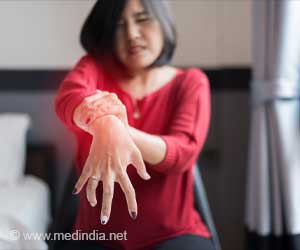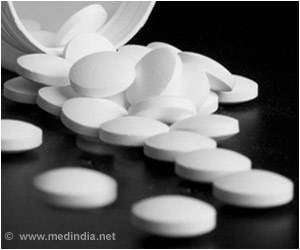Higher cure rates are seen in skin abscess individuals, when abscess is drained in combination with antibiotic treatment (clindamycin or TMP/SMX or Bactrim).

‘Tracking the type of strain and using appropriate antibiotics for treating skin abscess prevents not only the individual, but the entire community.’





"We drained the abscess, measured it carefully to make sure it was less than five centimeters and then we randomized participants to receive a placebo or one of the antibiotics clindamycin or TMP/SMX. What we saw is that in fact antibiotics are helpful. You are more likely to get better if you have antibiotics on board than if you don't. And we also saw in children that clindamycin was associated with fewer recurrences in the one month of follow up," said Buddy Creech, M.D., MPH, associate professor of Pediatric Infectious Diseases and director of the Vanderbilt Vaccine Research Program (VVRP).Staph, including methicillin-resistant S. aureus (MRSA) strains, causes most skin and soft tissue infections, but the appropriate strategy for the treatment of these infections has not been defined.
Clindamycin and TMP/SMX are often recommended for outpatient treatment of abscesses because of their low cost and their ability to fight community-acquired MRSA strains, but data on efficacy and safety have been limited, prompting the current study.
Researchers enrolled 786 participants at six sites, including Vanderbilt; University of Chicago Medical Center; San Francisco General Hospital; Harbor-University of California, Los Angeles, Medical Center; Washington University, St. Louis; and Morehouse School of Medicine-Emory University.
Of the participants, 505 were adults and 281 were children. Bacteria isolated from the abscesses included 527 samples identified as staph and 388 samples identified as methicillin-resistant S. aureus (MRSA). Patients were randomized to receive either a placebo, clindamycin, or TMP/SMX for 10 days after the drainage of the abscess.
Advertisement
Creech noted that it's important for physicians to culture the fluid from drained abscesses so that infectious disease experts can track strains throughout the community and treat with appropriate antibiotics. In the case of this study, some participants had a clindamycin-resistant staph, rendering that antibiotic ineffective.
Advertisement
.
Source-Eurekalert














